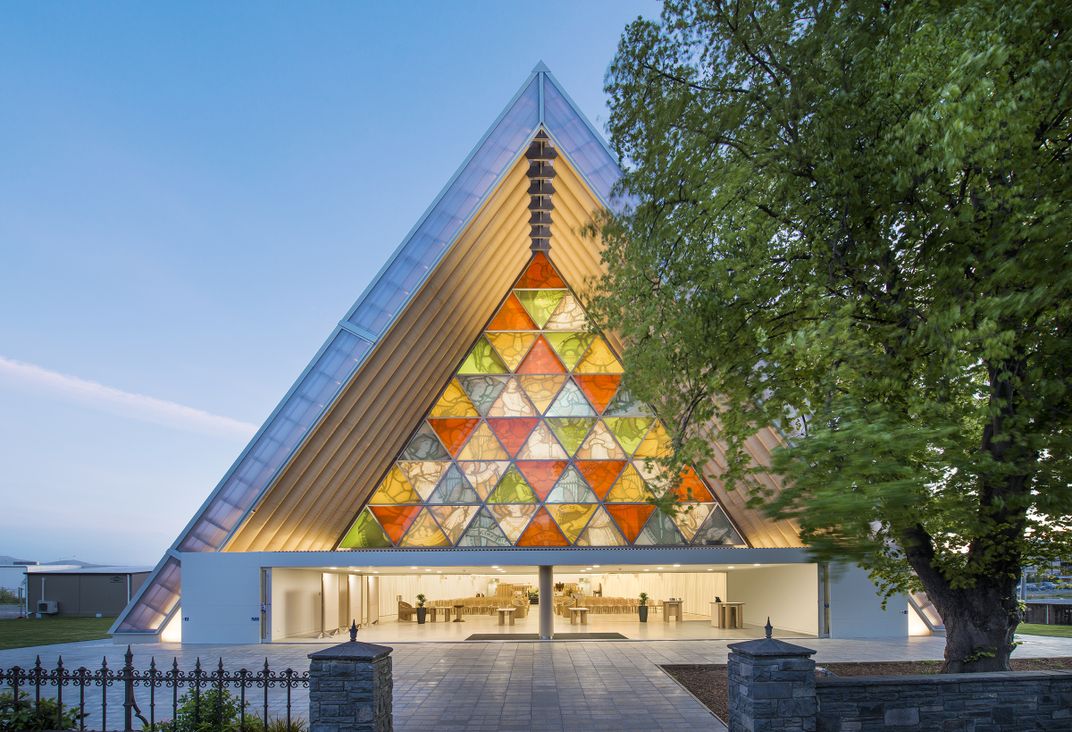Take a Tour of Pritzker Winner Shigeru Ban’s Paper Tube Structures
Japanese architect Shigeru Ban has been awarded the Pritzker prize, one of architecture’s top prizes
/https://tf-cmsv2-smithsonianmag-media.s3.amazonaws.com/filer/10/88/10880df3-a70f-48db-9e1f-0c481449e2c9/shigeru-ban-paper_concert_hall-laquila-01.jpg)
Japanese architect Shigeru Ban has been awarded the Pritzker prize, one of architecture’s top prizes, which recognizes superstars like Frank Gehry and I.M. Pei. Ban was an unusual candidate for the prize, though. He didn’t receive the award for monumental edifices built to last the test of time, but rather for relatively small, temporary structures built from recycled materials in the aftermath of disasters.
From the BBC:
"Innovation is not limited by building type and compassion is not limited by budget. Shigeru has made our world a better place," said Tom Pritzker, head of The Hyatt Foundation which awards the prize.
Ban has spent two decades travelling the world to help design "low-cost but dignified housing" for people in disaster zones, including Japan, Rwanda, India, Sri Lanka, Haiti, Italy and is currently in the Philippines.
However the architect said he "must be careful" with the honour, which he felt had come "too early", adding: "I haven't achieved enough".
"I see this prize as encouragement for me to keep doing what I am doing - not to change what I am doing, but to grow," said Ban.
Though he has designed a number of houses and pieces for museums, expositions and even golf courses, Ban is best known for his disaster architecture. Many of Ban’s designs are fabricated so that they can be put up in days or weeks by volunteers.
In Japan, for instance, after the 2011 tsunami, Ban designed paper partitions for an emergency shelter designed to give residents a bit of privacy in cramped quarters.
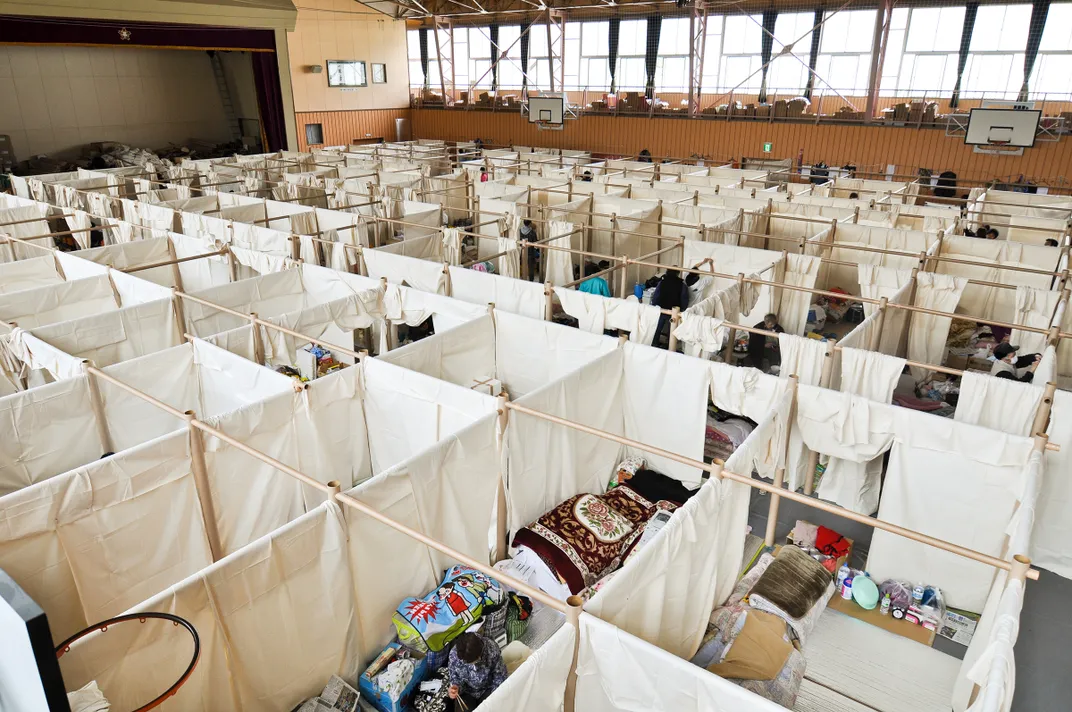
And, from India to Rwanda to Haiti, Shigeru has designed shelters for people suffering through some of the worst situations on earth. Here are houses he designed after an earthquake struck in India...
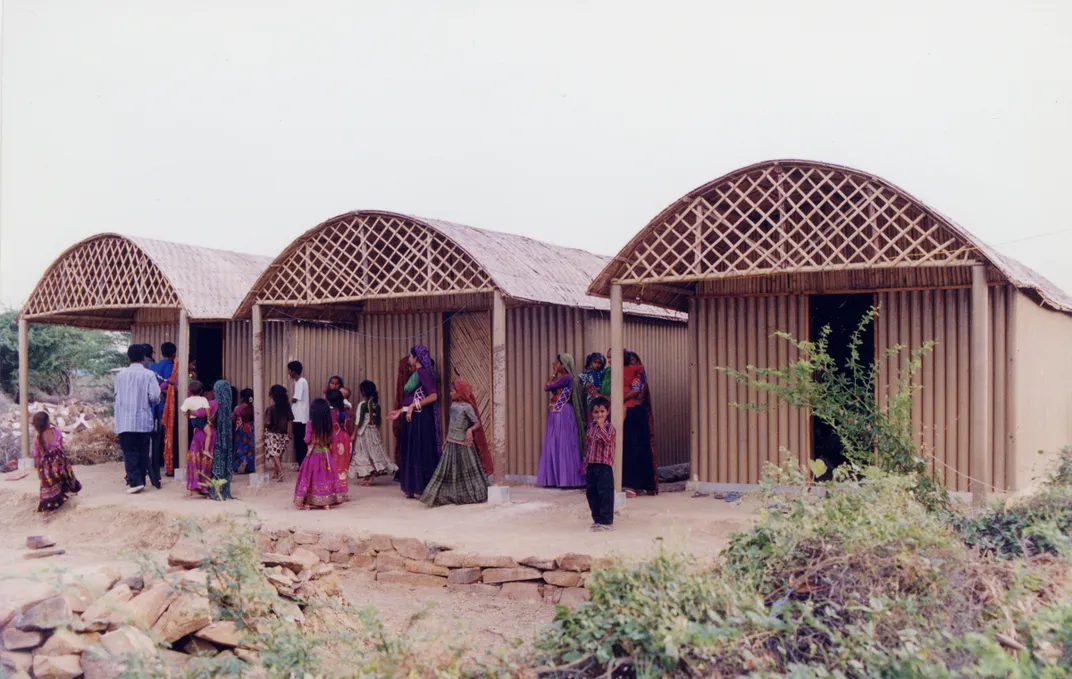
...temporary paper shelters for Rwandan refugees...
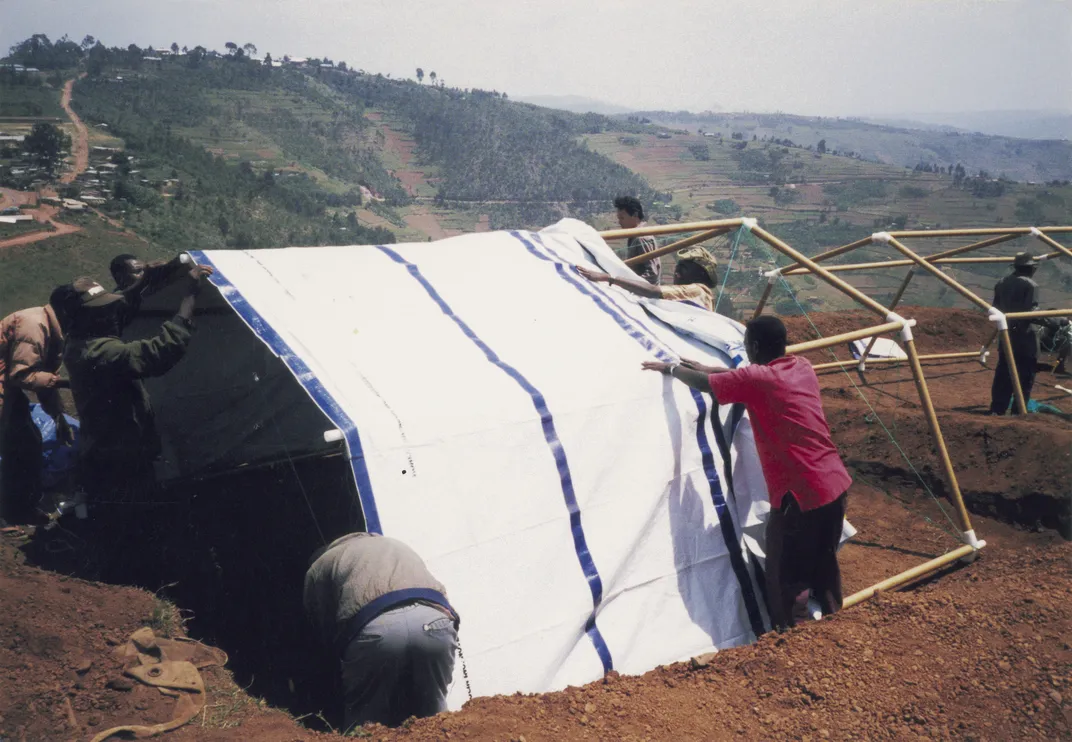
...and one of 100 houses Ban designed and built in a Sri Lankan billage after the devastating 2004 tsunami.
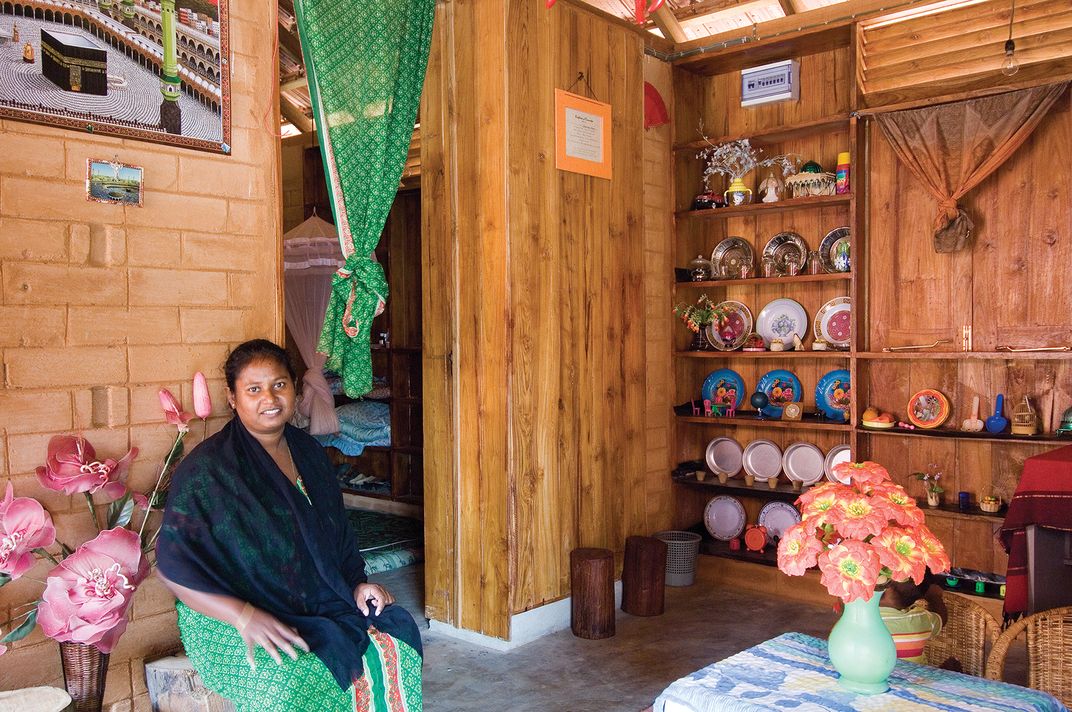
Some of his temporary buildings are even larger. After the 2008 earthquake in Chengdu, China, killed nearly 90,000 people, much of the recovery work focused on housing. Ban focused on designing classrooms for an elementary school. The three buildings took just 40 days to build.
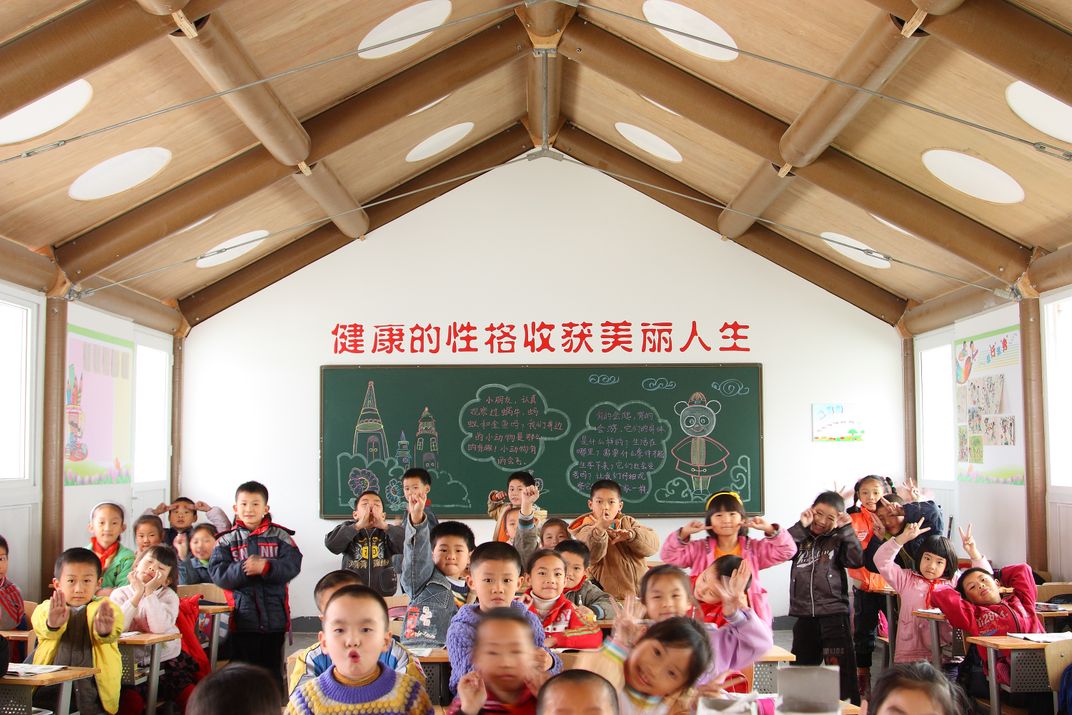
After an earthquake rocked the city of L’Aquila, Italy, in 2009, Ban helped rebuild the concert hall of the Alfredo Cassela music conservatory. It now seats 230 people, and can be taken down and moved to another location should the need arise. (The earthquake itself was notorious for its legal aftermath, in which a judge found geologists guilty of manslaughter for not accurately predicting the earthquake’s intensity.)
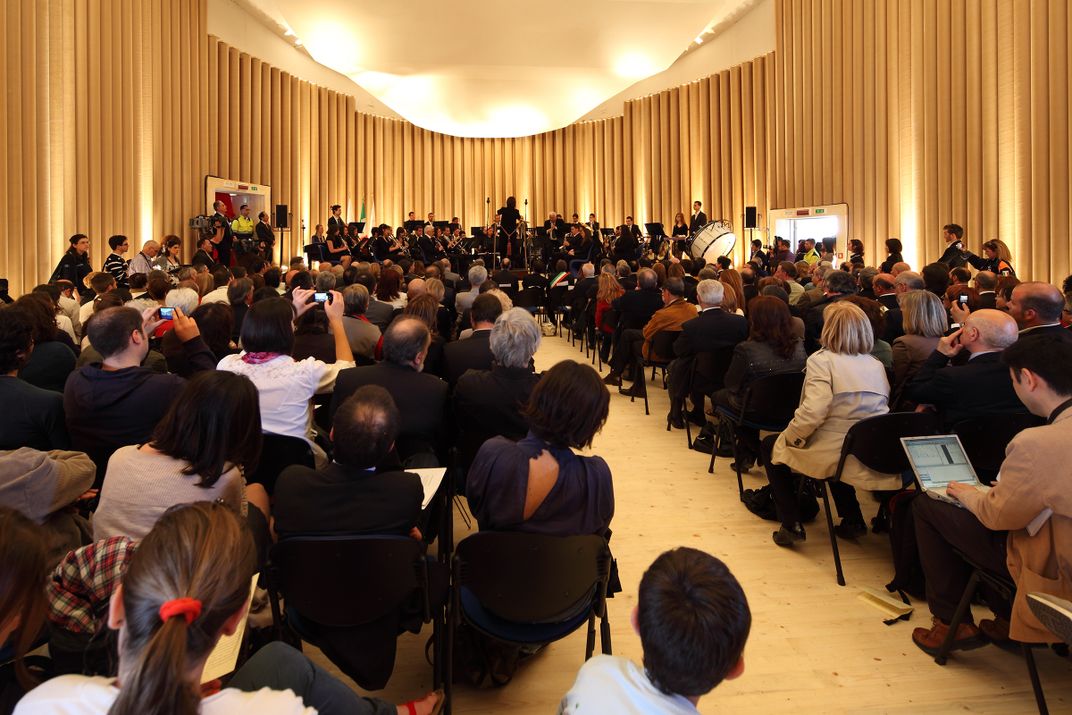
And after a 2011 earthquake in Christchurch, New Zealand, one of the most visible signs of the destruction was the collapsed spire of the cathedral at the center of town. Ban designed and built a cardboard cathedral in Christchurch as a temporary replacement. But it's a grand enough building that there are plans for his design to be used as a permanent church once repairs to the cathedral are completed.
